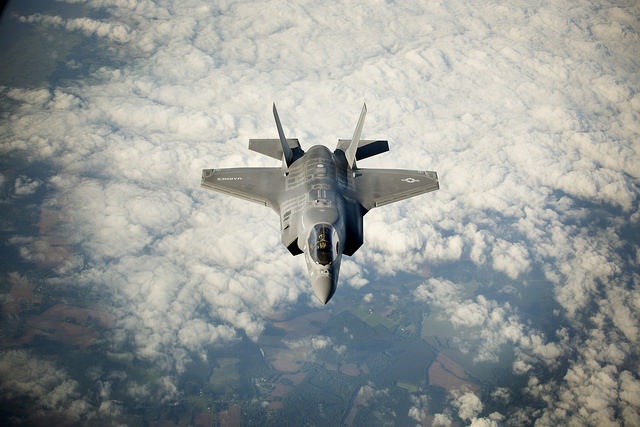
It was just a few years ago that the idea of an Internet of Things (IoT) seemed far off, something out of a science-fiction movie. After all, why would a vehicle need to talk to the road? Why would our utility meters need to talk to the central office?
The message out of the SAS Government Leadership Forum, though, presented a different reality. IoT is no longer the future, but the present. For instance, every time the F-35 lands, it offloads a terabyte of information from its sensors!
More and more devices are equipped with Internet-technology, but in order to take advantage of this technology – and provide government agencies with mission-related value – a number of steps still must take place.
Building trustworthiness
Dr. Jeffrey Voas, a computer scientist at the National Institute of Standards and Technology, has led the agency’s research on the Internet of Things. He said IoT is primarily a brand name and other government entities should think of the technology more of a “network of things.”
One of his major projects has been to lay out the science behind IoT to help government agencies better understand its potential. First and foremost, he wants agencies to understand how IoT is put together so agencies can deploy IoT networks that provide trustworthy data.
“We want to show how the different pieces are put together, featuring the primitive features and elements that are needed to create an IoT system,” Voas said. “With those in place, agencies can see where they should invest with IoT, where they get the most value and where in this structure are risks.”
A new relationship
Michael Thomas, a software architect for SAS, explained that both the recording of data through sensors and data analytics are not new, but the way the two now interact is changing with the emergence of the Internet of Things.
Thomas discussed the value of immersive analytics that can work with these augmented and virtual reality systems to create a new way of thinking. To help decisionmakers monitor environments, Thomas showed how virtual and augmented reality can work together.
For instance, he displayed a virtual layout that included augmented, live data from different users. The left side of the screen displayed a user that was not responding and needed help. By combining these two types of data visualizations, Thomas was able to highlight how IoT, immersive analytics, and virtual and augmented reality can come together to help in decision making.
“Our brains work in many different ways and there will be some people that feel uncomfortable viewing data in a three-dimensional world when they are used to seeing data in two dimensions,” Thomas said. “With finding an intersection point with IoT and data analytics, we can present data in new ways that not only provides a higher level of knowledge, but is always easier to fundamentally use.”
IoT is here and it is here to stay. Government agencies need to figure out how to harness all of the valuable information that these devices will provide in order to be able to gain important insights to drive their specific missions.
To hear these and other in-depth presentations, view the SAS Government Leadership Forum on-demand.
